Burning Question: How did a change in surface or tool—or an outside influence—change your art or process in a meaningful way?
Five esteemed watercolor artists answer this question, sharing the impact that a change in their creative process—whether material, technical, or philosophical—has had on their work and how it’s led to more meaningful artistic expression.
What change or changes have you made that have positively impacted your work? And is it time to consider introducing new influences once again?
Laurin McCracken
“For many years, I used very small brushes—Nos. 00, 0, and 1—to paint details. Then, Ricard Escoda showed me that if you use good kolinsky brushes, the points on the larger brushes—Nos. 2, 4, and 6— can make the same fine lines. With the small brushes, I was often running out of paint before I finished my line. The larger brushes hold a lot more paint, so I can get more painting done without wasting time filling the brush.
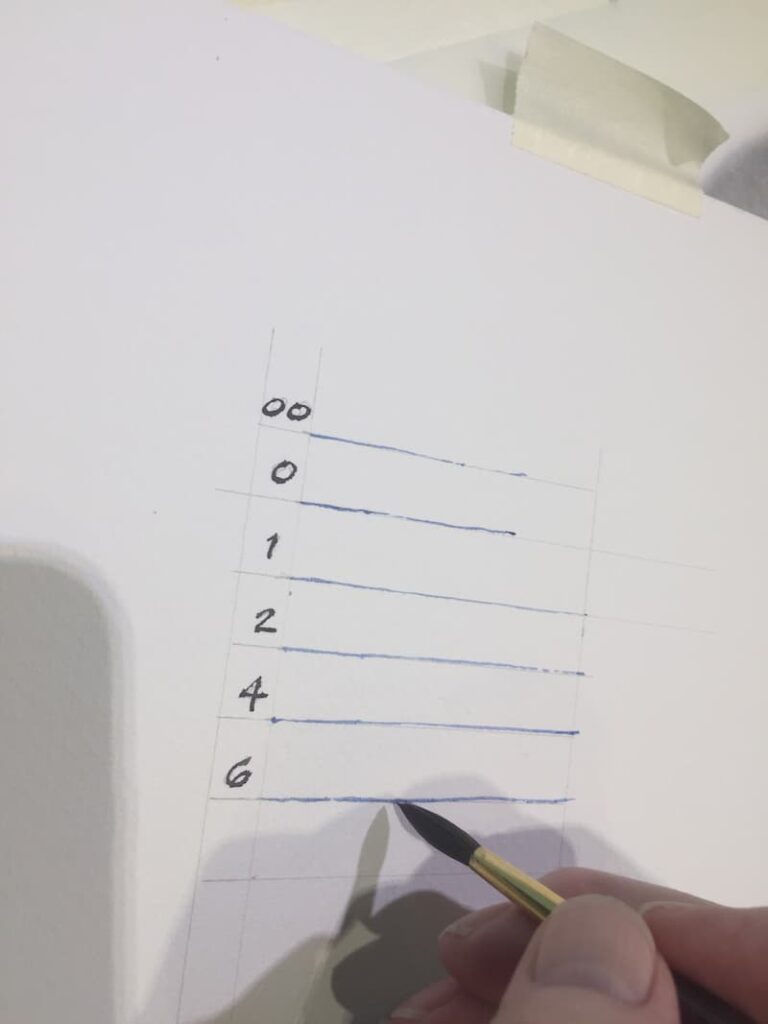
“Also, when I started painting, I used cold-pressed paper, which worked very well for florals and landscapes. When I started painting still lifes in a more realistic style, however, I found that soft-pressed paper was better suited to my needs. Fabriano Artistico is the only paper that comes in a soft-pressed finish. With lower “hills” and more shallow “valleys,” I can paint a high level of detail. And, because it’s 100 percent cotton, I can work the paint into the paper and get soft edges when I need them.”
Laurie Goldstein-Warren
“Without a doubt, it’s my mouth atomizer that has totally changed the way I proceed through a painting. It has given me the means to tone down an area or to bring interest to it with texture. Depending on the color I use, I can push back an area or bring it forward. I use this tool in nearly every artwork.”
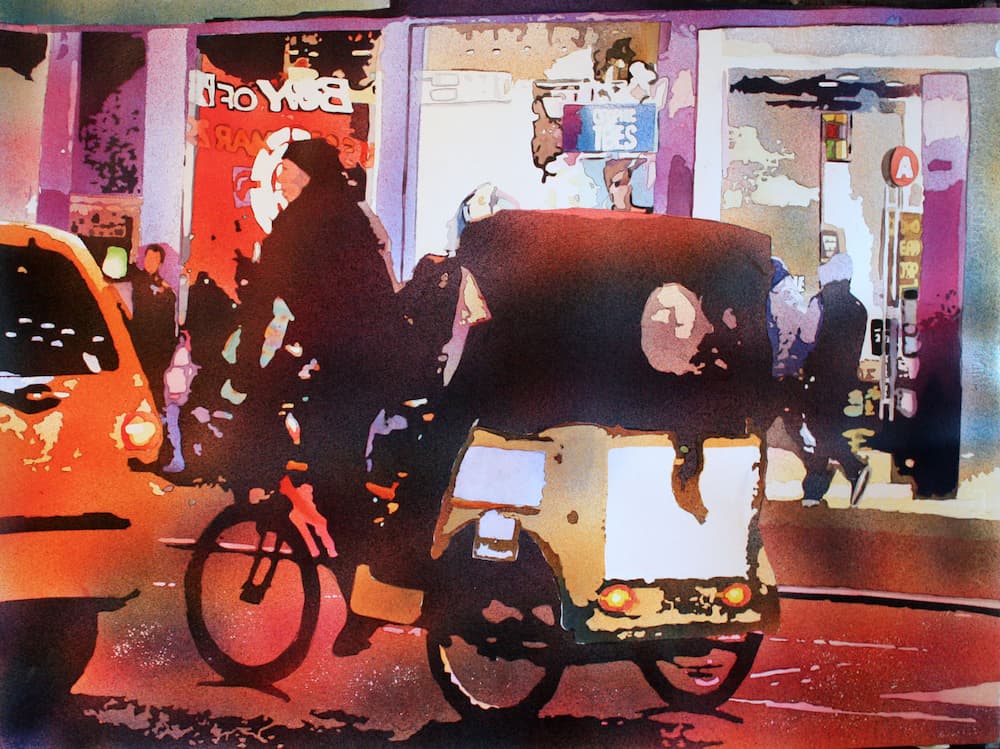
This article is excerpted from Watercolor Artist. Subscribe now so you don’t miss any great art instruction, inspiration, and articles like this one.
Bev Jozwiak
“My biggest and most lasting ‘aha moment’ came as a result of an Arne Westerman workshop. He recommended painting on hot-pressed paper; until then I had always used cold-pressed. As an artist who prefers to paint directly—bold and fast—the paper felt like home. While I still enjoy experimenting with other surfaces, for my way of working, nothing compares to the way watercolor glides across a sheet of hot-pressed paper.”
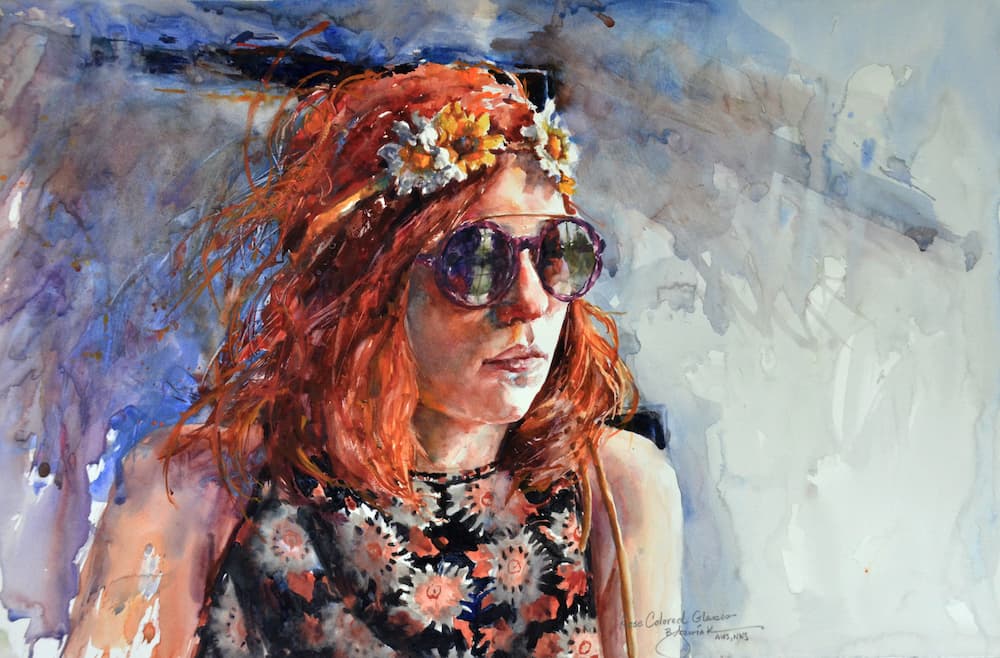
Frank Eber
“Birge Harrison’s 1910 book on landscape painting taught me that painting shouldn’t be focused on technique or showing off brushstrokes. That helped me realize what’s really important: personal self-expression and the need to convey something deeper. It completely changed the way I approach my work. Masterful technique, in itself, is not art. It might impress others who paint, but that can’t be the goal of any serious artist.”
Looking for more surfaces, tools, and techniques to change your creative process? Check out our product guide page!
Birgit O’Connor
“When painting florals in the past, my approach was to paint the subject shape by shape, section by section. When I started to teach workshops, I noticed it was often difficult for students to make large enough puddles of color blends to keep color consistency in their compositions. I realized the best way to help them was to teach them how to harmonize and unify large areas, which in turn impacted my own creative process. Basically, when the color is uneven, or when starting a new composition, I try to unify as many shapes as possible, painting over many of the pencil lines. Later, I separate the shapes into smaller ones, using different values, shadows, and color.

“As far as game-changing tools, I have two. First, whenever I’m working on a painting, and I’m not sure what to do in an area—be it a landscape or flower, whether working wet-into-wet or painting detail, shadows, or backgrounds—I like to use Dura-Lar wet media film. It’s a clear plastic acetate that I can place over the painting and test an idea before I commit. Then, I simply wipe off the film with a damp cloth to reuse again later.
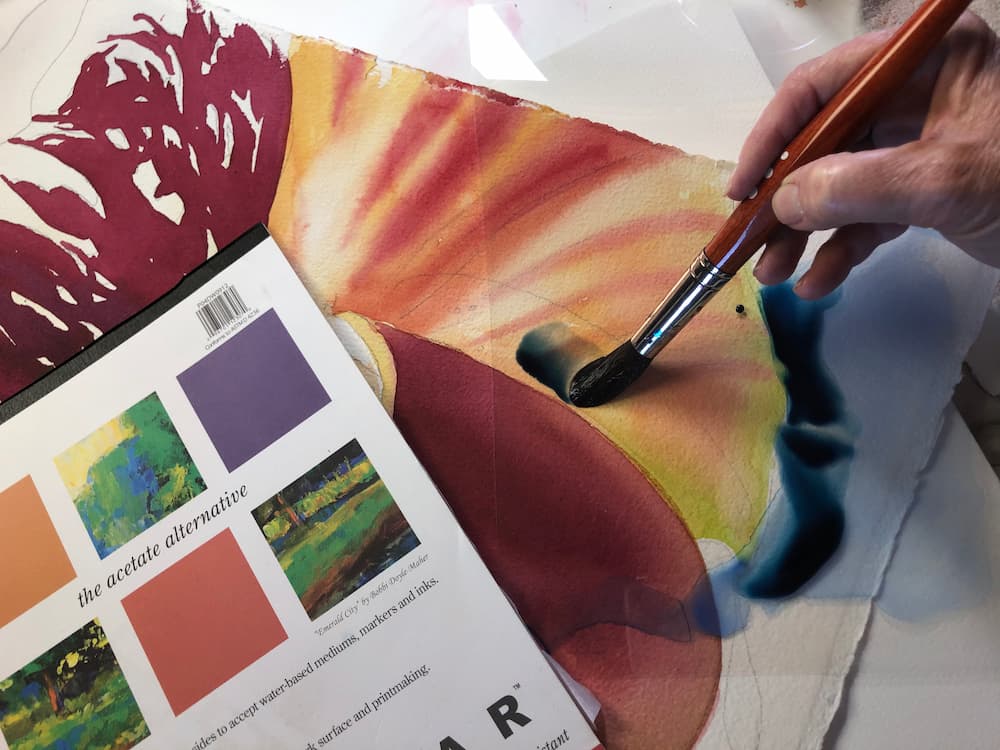
“The second indispensable tool is an original Mr. Clean Magic Eraser (melamine foam eraser), which provides a quick and easy way to lift out heavily pigmented areas or eliminate unwanted blooms and overlapping edges. I simply wet the surface of the affected area, wet the sponge, and then gently rock the eraser back and forth on the area or lightly wipe and lift. I use a light touch to avoid any surface damage.”
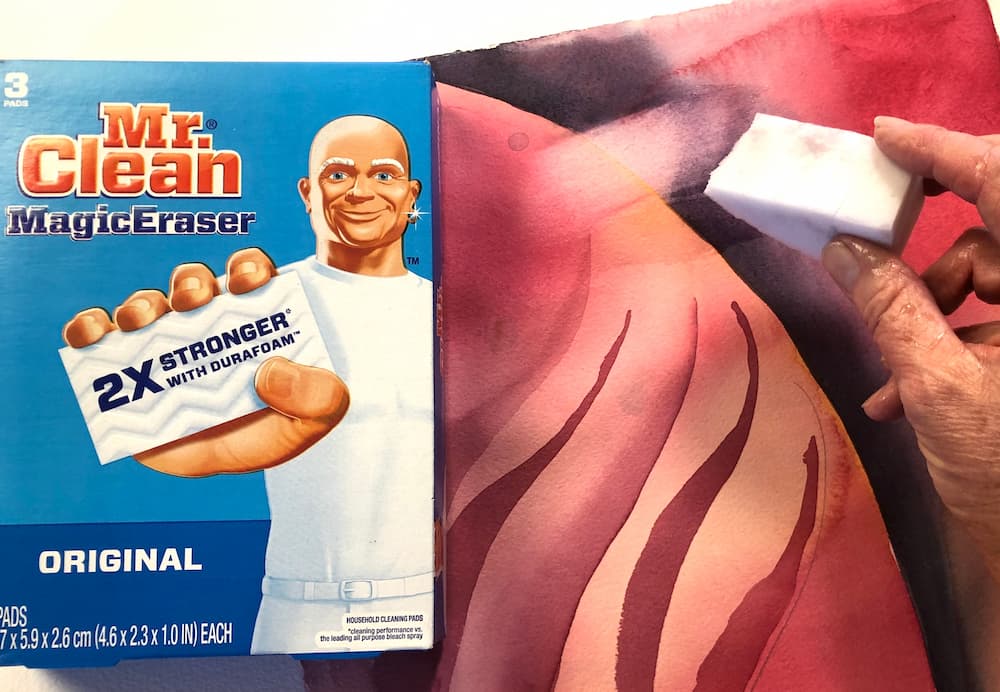
We hope some of this advice helps you in your creative process. Do you have an idea to share? Leave it in the comments below.
From Our Shop
This article contains affiliate links that help us earn a small commission from purchases — at no additional cost to you. We are grateful for your support.